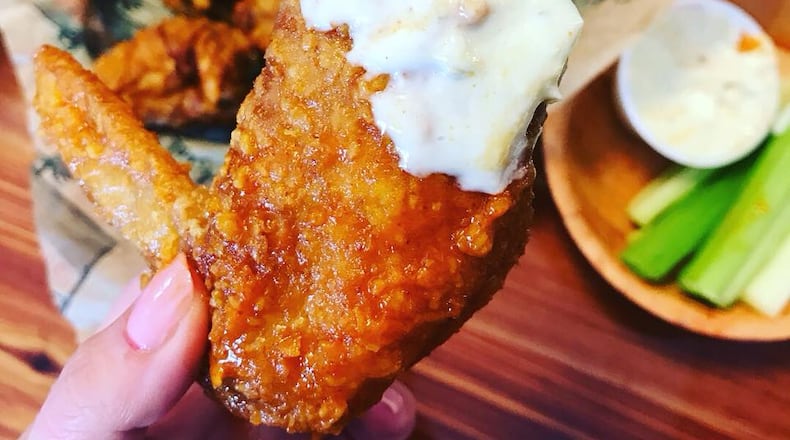A storage of chicken wing stock is at its lowest in a decade, Restaurant Business Online reported in February. National media also took notice around the Super Bowl this year.
Two months later, the problem really hasn’t improved.
“There’s no shortage on traditional chicken breasts, chicken tenders, things like that,” Dan Ponton, president and chief executive of Roosters, said Thursday. “The traditional wings, it’s actually becoming a national shortage, due to a number of reasons.”
Among those reasons: Chicken processing plants can’t find the employees they need, at a time when an increasingly vaccinated population is evidently starting to feel more comfortable returning to dining out after a year of lockdowns.
“The prices are the highest they have ever been in the 33 years I’ve been doing this,” Ponton said. “Obviously, supply and demand.”
A couple of years ago, in an earlier shortage, prices for chicken wings rose to $2.25 a pound — and that “was just unheard of in the industry,” the CEO recalled. Some restaurants simply dropped wings from their menus in response.
Today, prices have reached $2.75 a pound, Ponton said, adding that a bulk buyer such as Roosters will not pay as much as the “guy down the street.”
While chicken plants may typically run six days a week, a lack of good workers is forcing them down to maybe five days weekly, he said. “They just can’t get the help.”
However, Jim Manley, marketing manager for Fricker’s USA, has a different report. His chain has relied on a supply of medium-sized wings that have proved plentiful this far, he said.
Credit: Charles Caperton
Credit: Charles Caperton
“I don’t want to put too fine a point on this: We have 24 stores, and all of them, all the way from Adrian, Mich., down to North College Hill, Cincinnati, have had no trouble at all,” Manley said. “And again, we set this up long, long before. We put this into play years ago, with the purveyors we have, we just don’t have a problem.”
One takeaway: 2020 was a strange year for chicken.
Prices and production jumped around the Super Bowl last year, according to the Washington Post, citing Department of Agriculture data. Then COVID struck domestically in mid-March, March Madness was cancelled, restaurants closed
Production fell and prices rose, as a result.
About the Author


